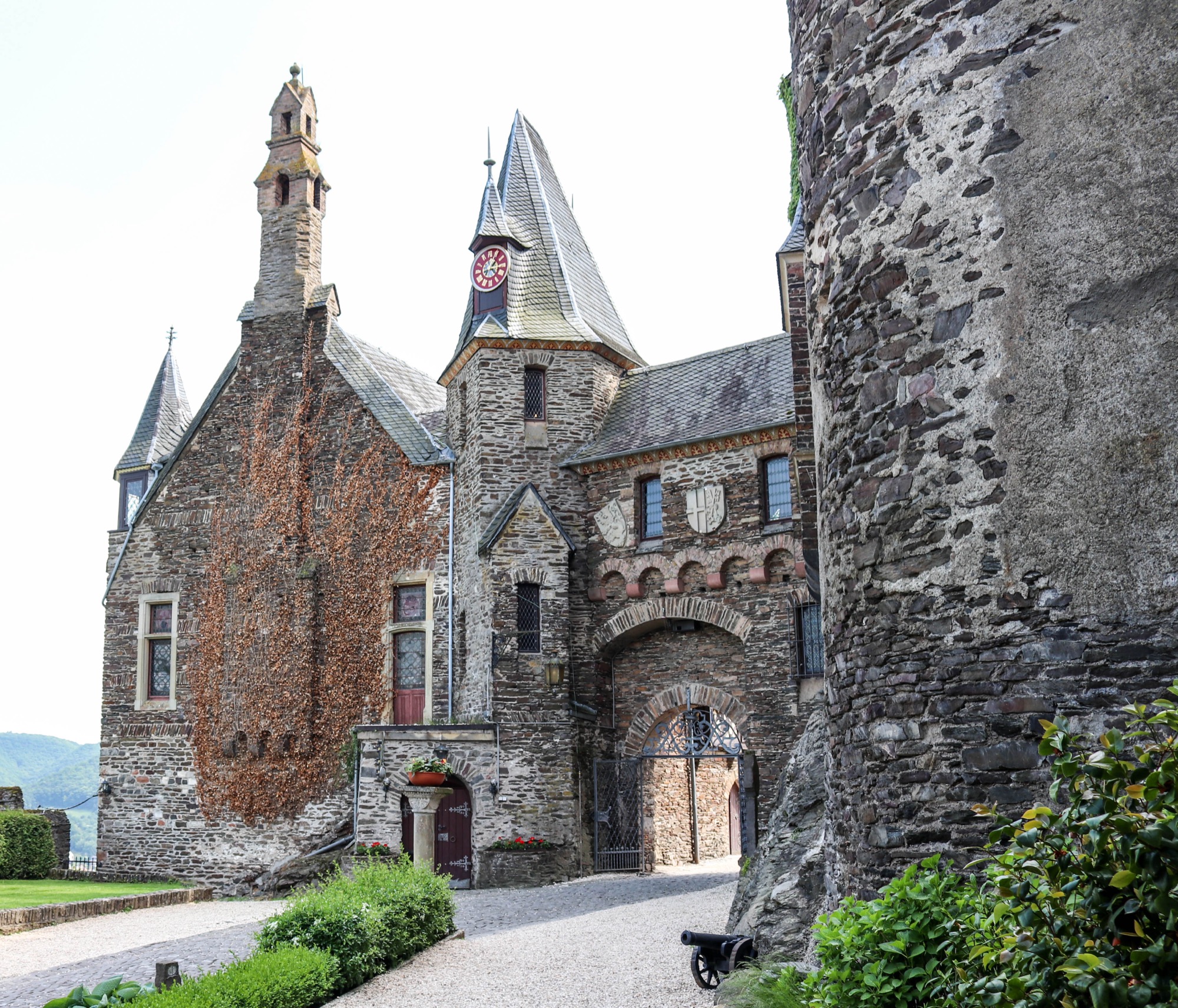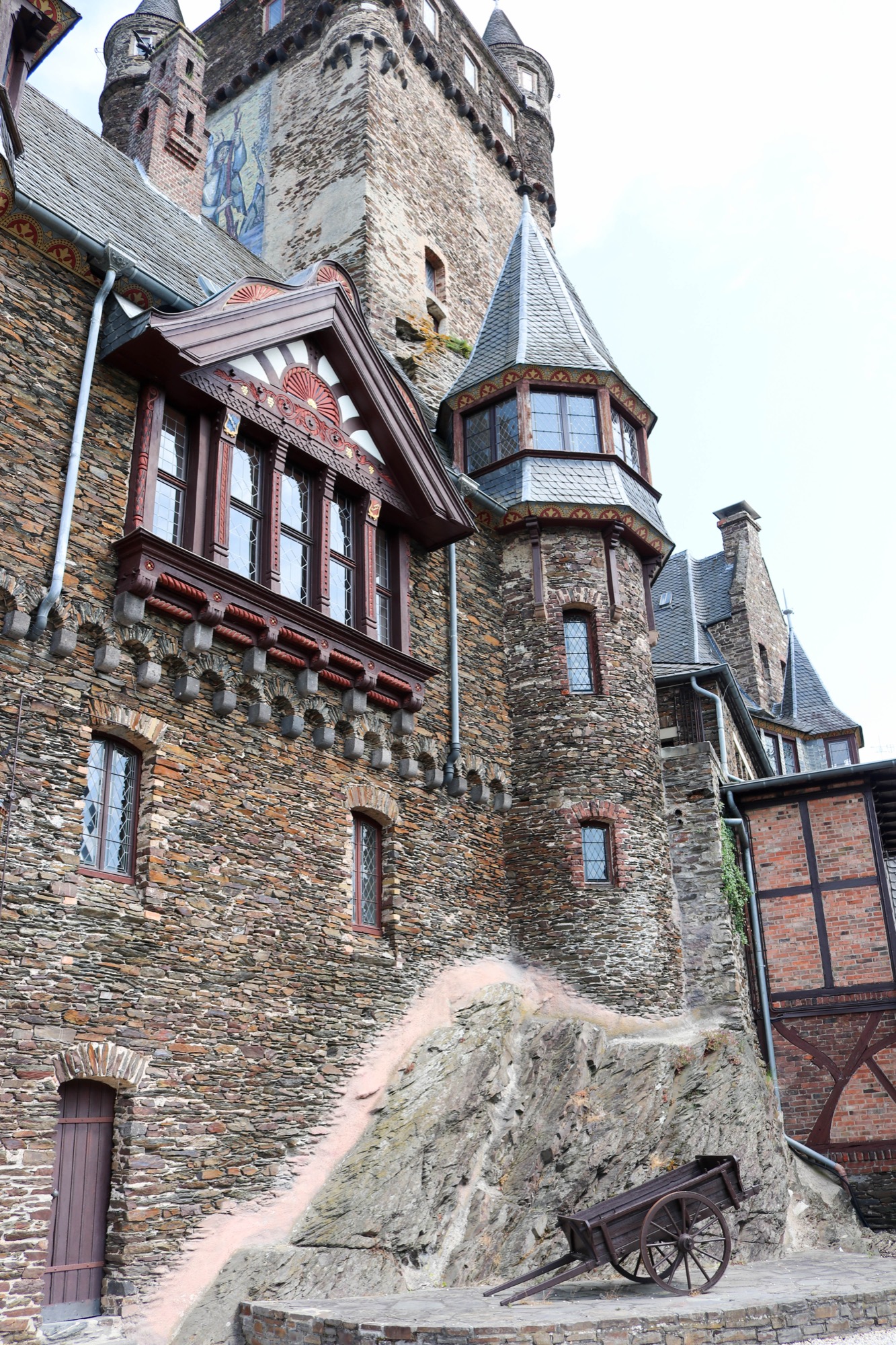Koblenz Cable Car
The Koblenz Cable Car takes you over the confluence in the Rhine and Moselle Rivers on a journey of nearly 3,000 feet up to Ehrenbreitstein Fortress. There are wonderful views of the river and the surrounding city along the way.
The Koblenz Cable Car takes you over the confluence in the Rhine and Moselle Rivers on a journey of nearly 3,000 feet up to Ehrenbreitstein Fortress. There are wonderful views of the river and the surrounding city along the way.



The name Koblenz comes from a Latin word which means "at the confluence." The name is appropriate because the city is located at the point where the Rhine and Moselle Rivers meet. Today, this area is known as the German Corner and there is a statue of Emperor William I on the small peninsula.
Nearby is the former Prussian government building, which was originally built as a seat of government for the region, but today houses the federal office tasked with dealing with military equipment.
The Ehrenbreitstein Fortress also overlooks the German Corner and in the early 19th century was the second largest military fortress in Europe. The fortress was defended by up to 1,200 soldiers. Today, the fortress is open to visitors and it houses several museums, several restaurants, and a youth hostel.

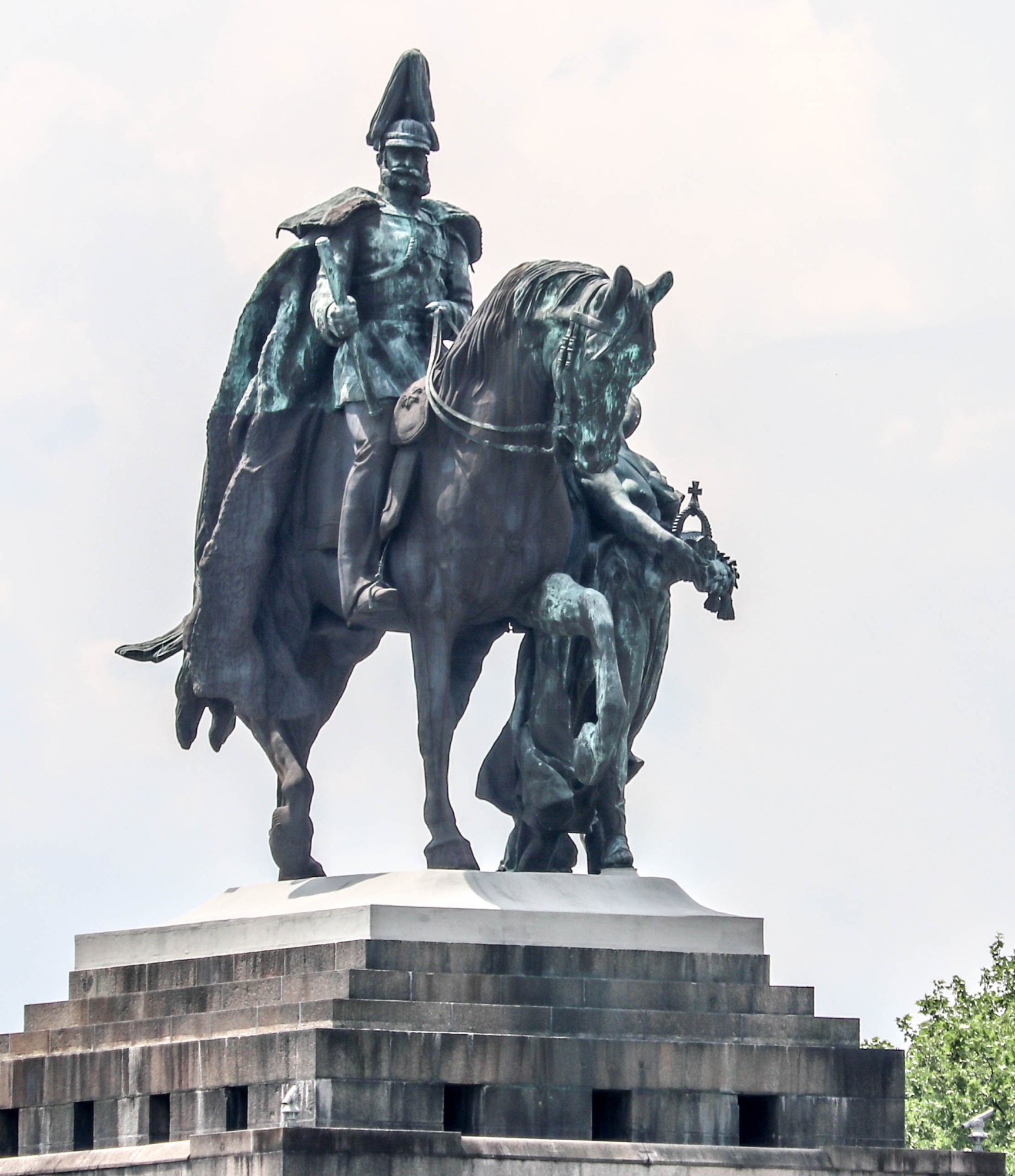


St. Kastor Church, which was built in the 9th century, is the oldest surviving church in Koblenz. Due to its location, the church often provided a meeting place for various kings and emperors.

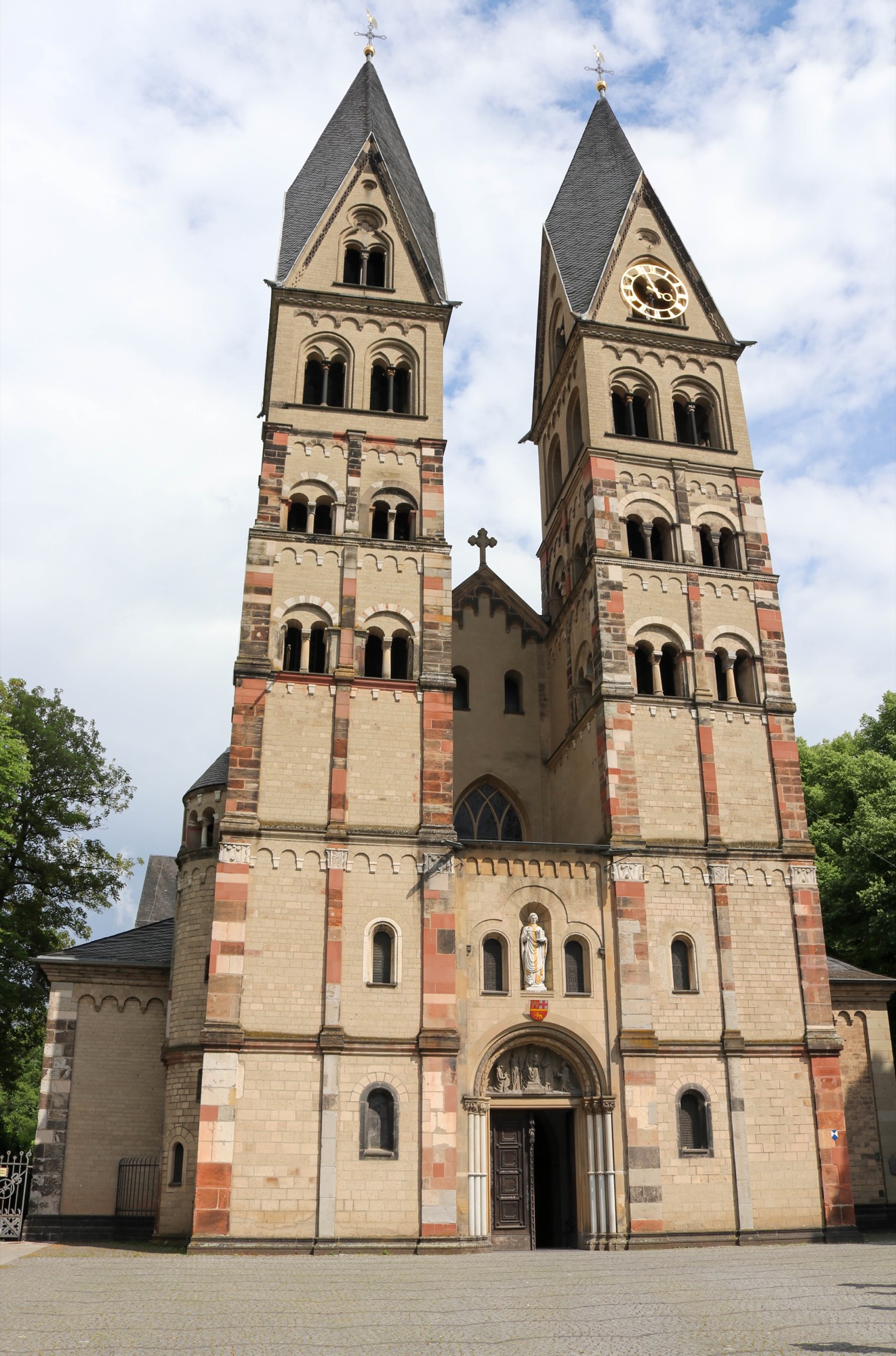



In Old Town Koblenz there is a statue of Goethe in front of the Town Hall and nearby is the old Jesuit Church building. The most interesting sight we saw, however, was a 33 foot tall column over a fountain in Gorres Square. The column shows scenes relating to the history of Koblenz from Roman times to the present day.

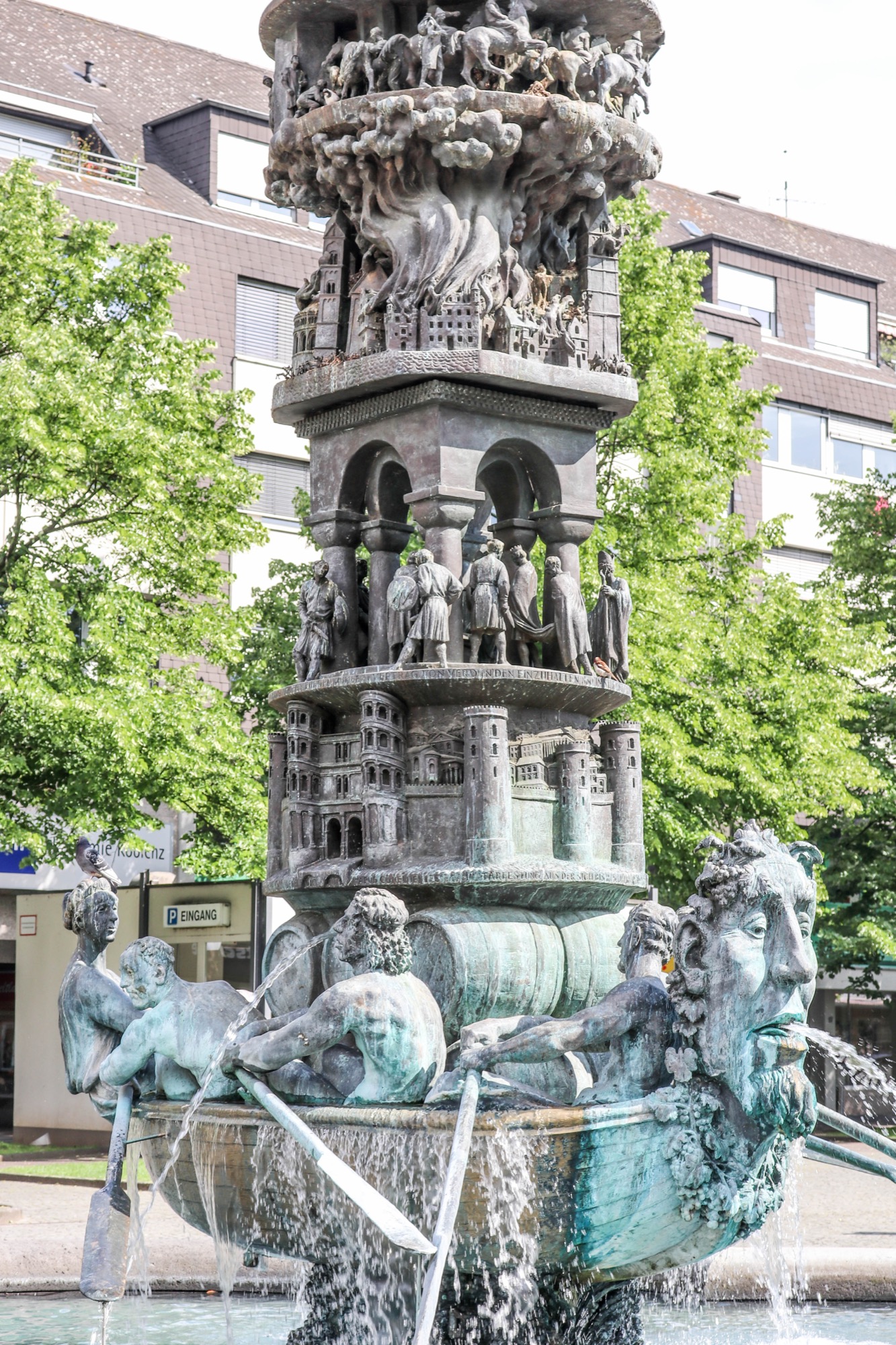
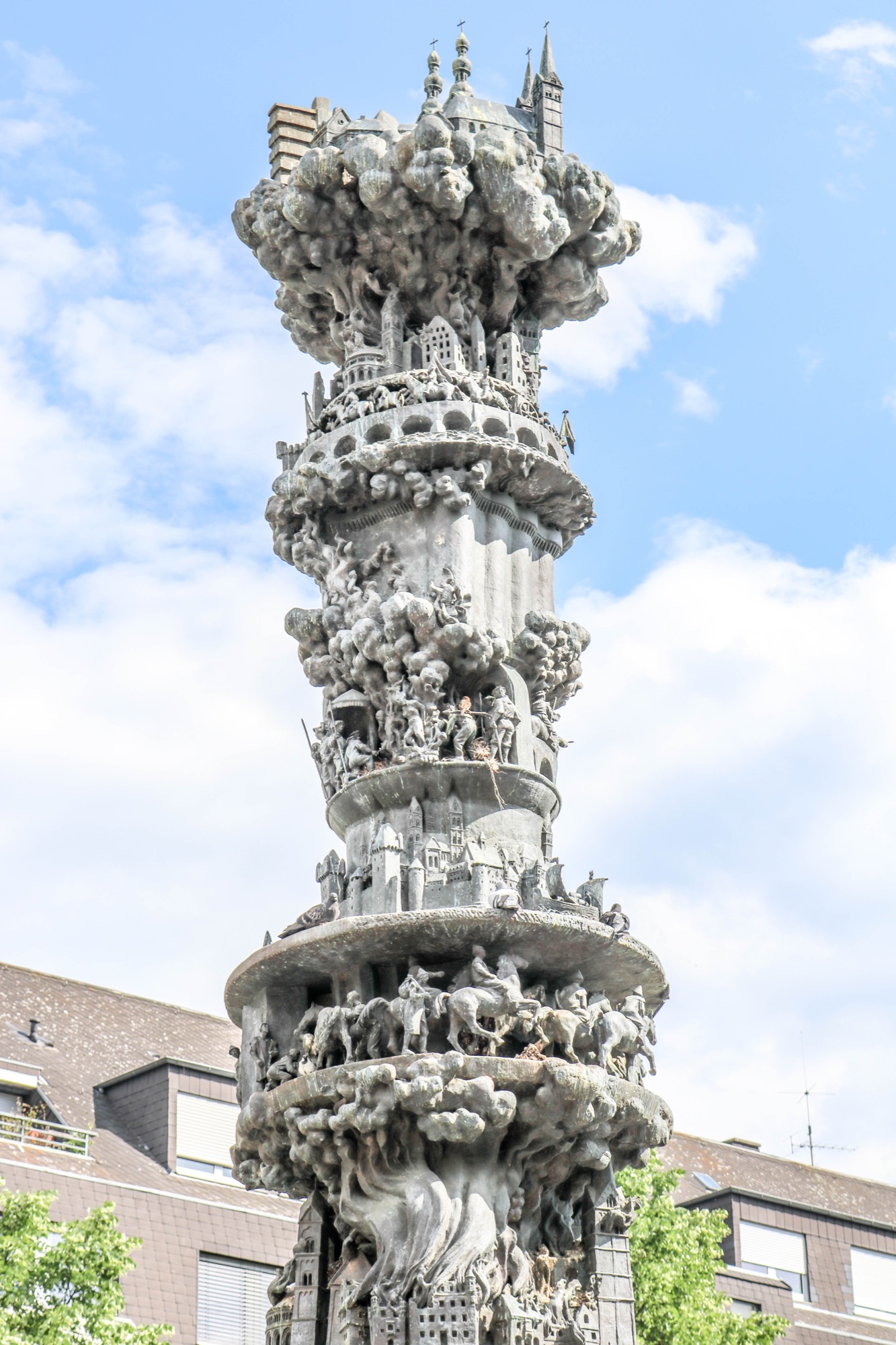
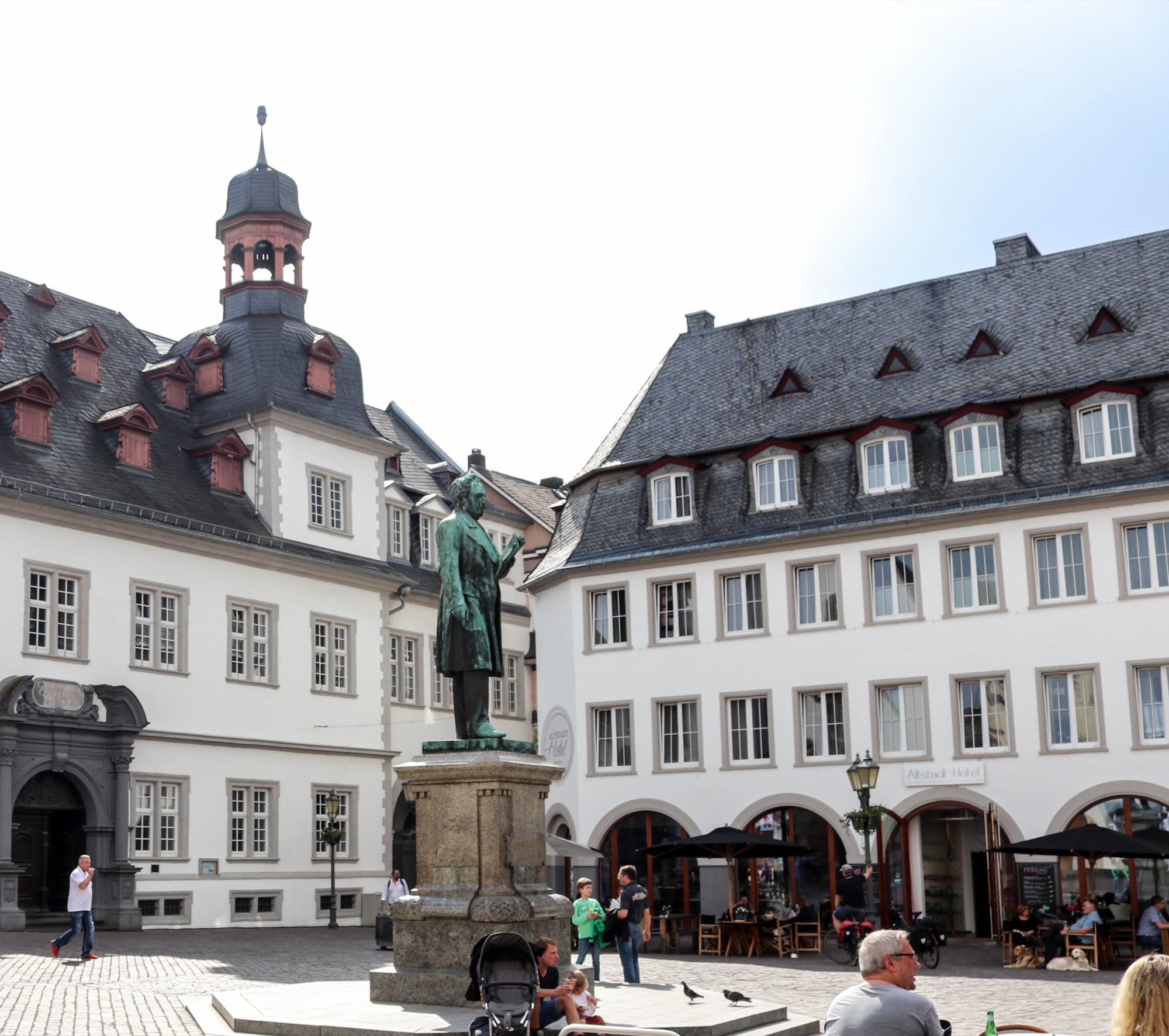

There is an interesting statue of a mischievous little boy, known to the locals as Schangel, that periodically spits water on tourists as they stand in front of his fountain. This prankster, who has lovingly become the town symbol, also appears on manhole covers all over town.
We also noticed a random statue of a woman in a bathing suit and swim fins sitting on a wall watching people go by. There was also an unusual display of some very irreverent dwarfs in a shop window on a fancy shopping street. People in Koblenz definitely have an interesting sense of humor.
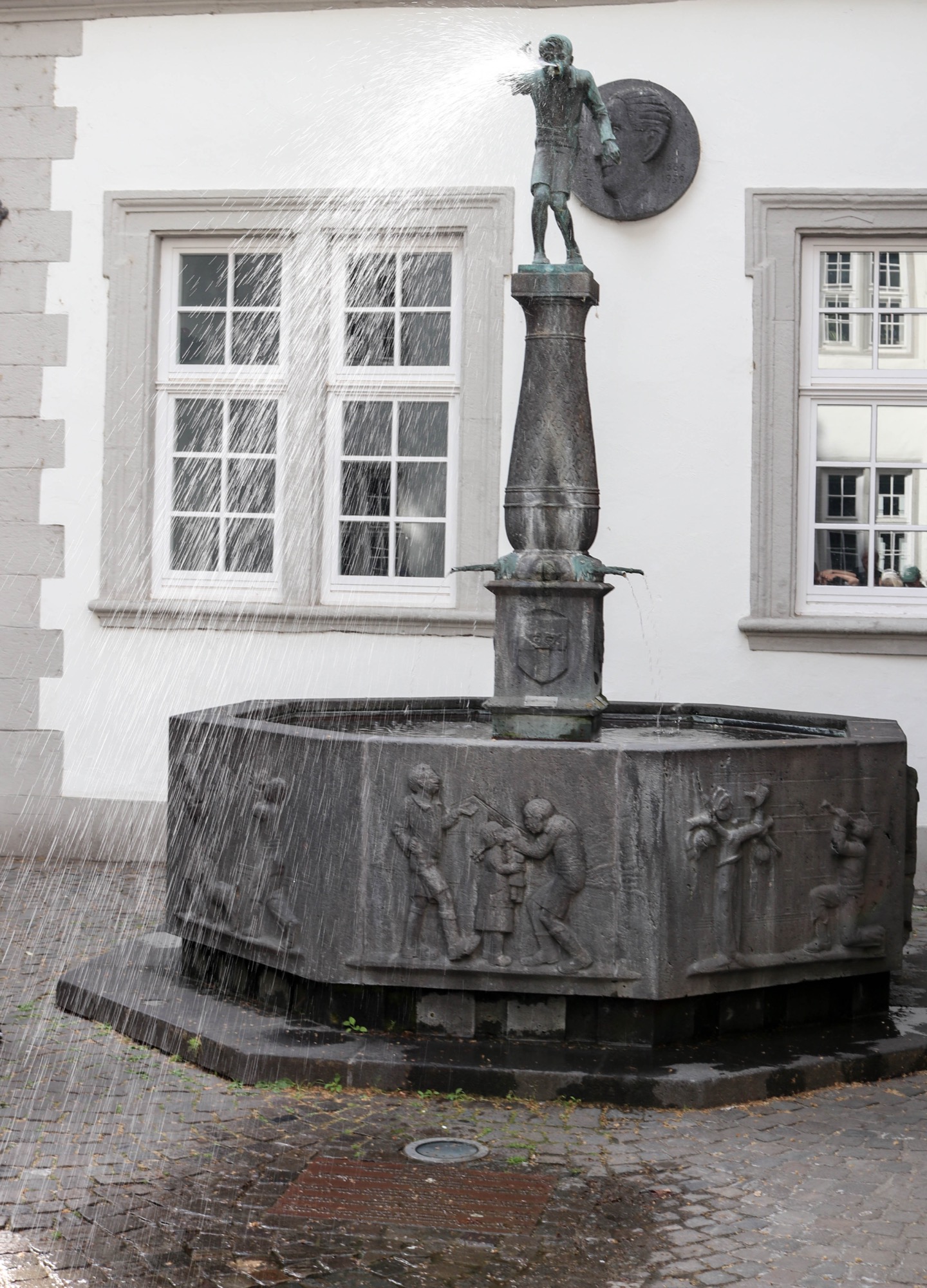


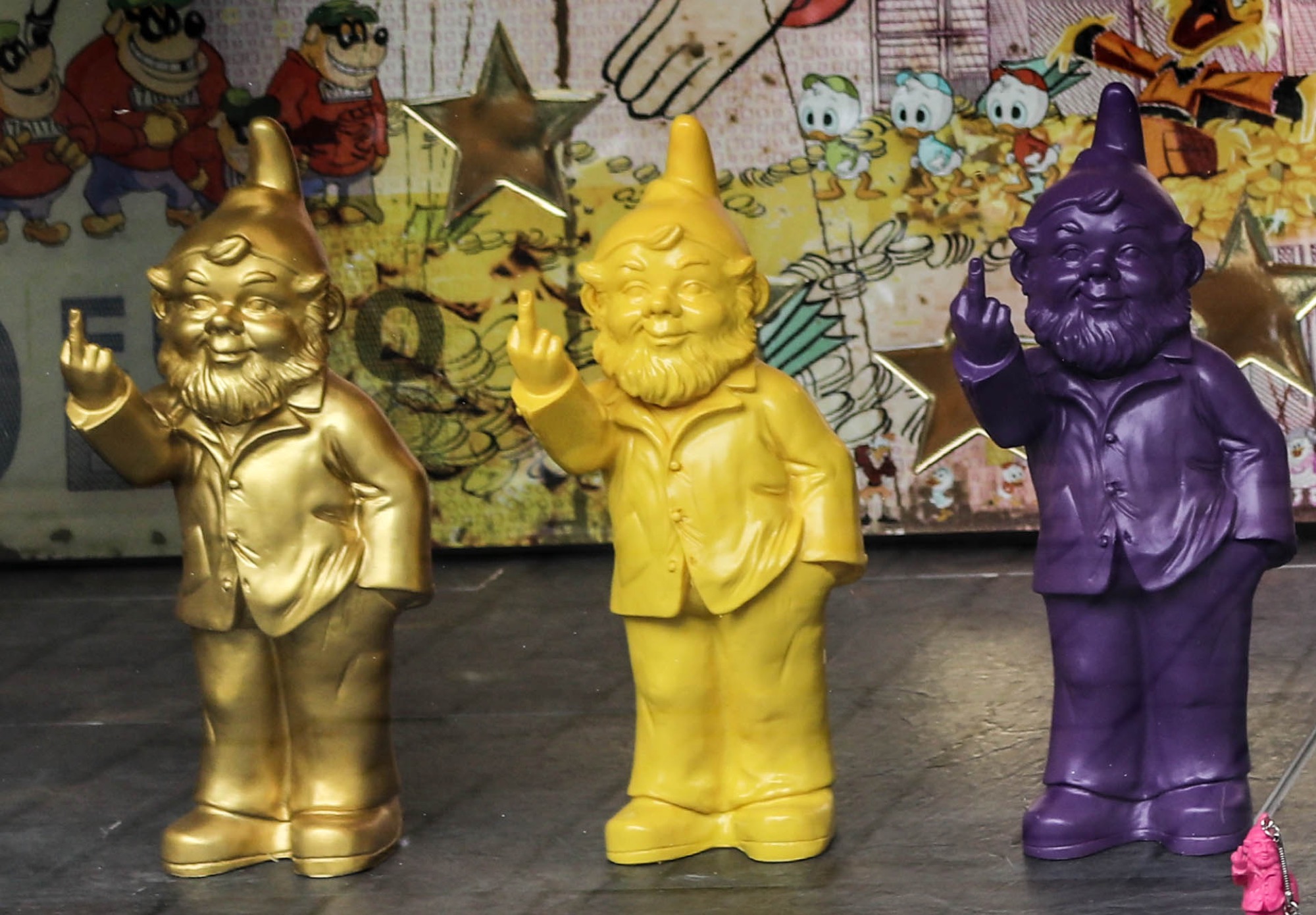
The Bridge at Remagen, also known as the Ludendorff Bridge, was of strategic importance during WWII. By March of 1945 it was one of two bridges that still remained standing and crossed the Rhine River.
American forces managed to capture the bridge and used it to move about 25,000 troops and multiple tanks and artillery pieces across the river. The Germans tried to destroy the bridge and it finally collapsed ten days after it was captured. Capturing the bridge is credited with shortening the war and V-E Day came on May 8.
Currently the bridge towers on the west bank are a museum and the towers on the east bank are used for performing arts activities.

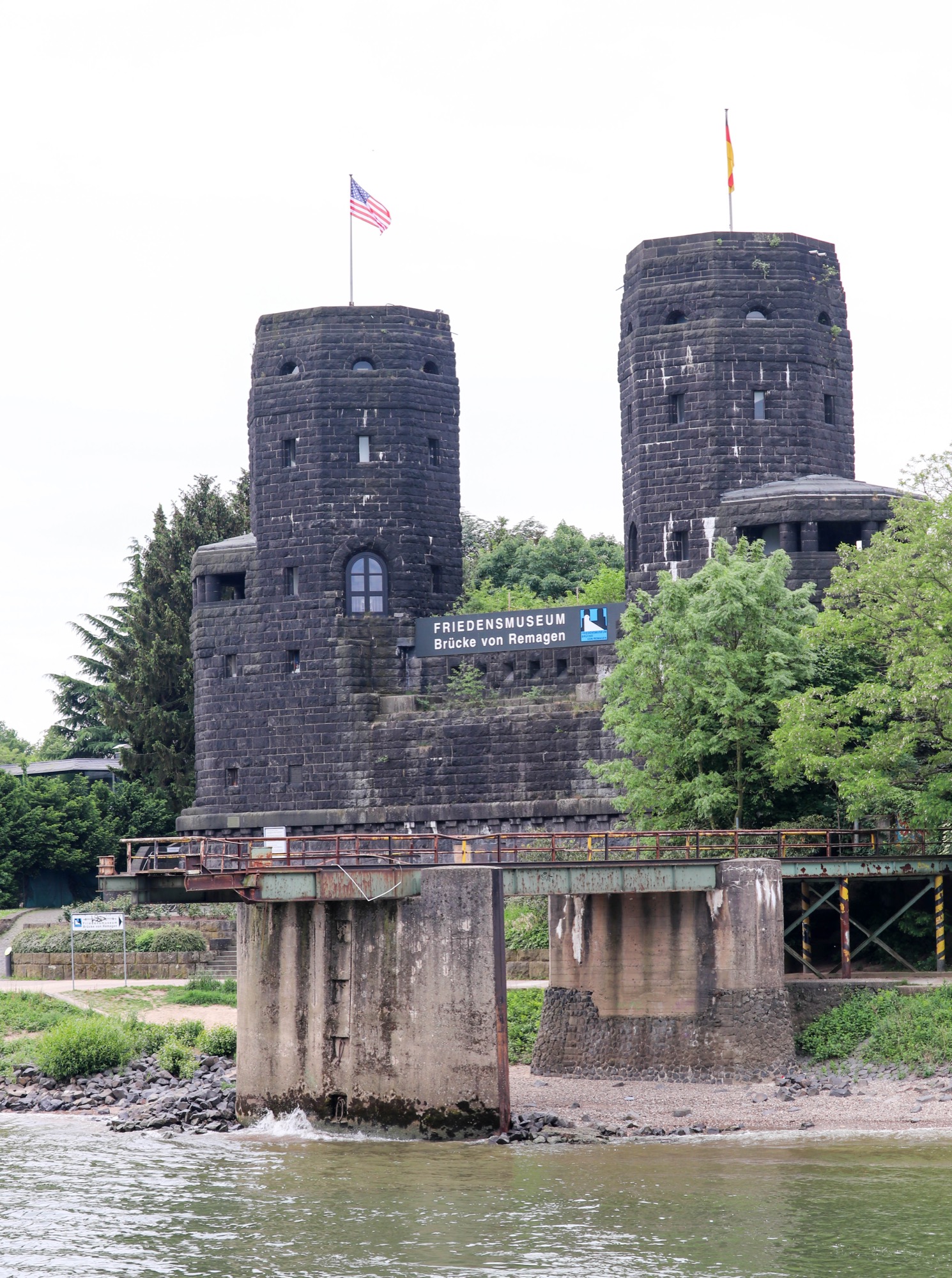
Stolzenfels Castle was originally built in 1259 as a fortification to protect a toll station on the Rhine River. The Rhine was a major mode of transport for goods during this time period and collecting tolls could be quite lucrative.
Over the years, the castle fell into disrepair and it was eventually given as a gift to the crown prince of Prussia, Frederick William IV. In 1842 Fredrick rebuilt in a Gothic style and made the castle his summer home.
Today, the castle is opened to the public and it has been named a UNESCO world heritage site.




Cochem is a picturesque little town on the Moselle River nestled between two low mountain ranges. The scenery was beautiful, the half-timbered houses along cobblestone streets were charming, and Reichsburg Castle, sitting majestically on the hilltop above the city, added a sense of legend and folklore as we wandered through town.


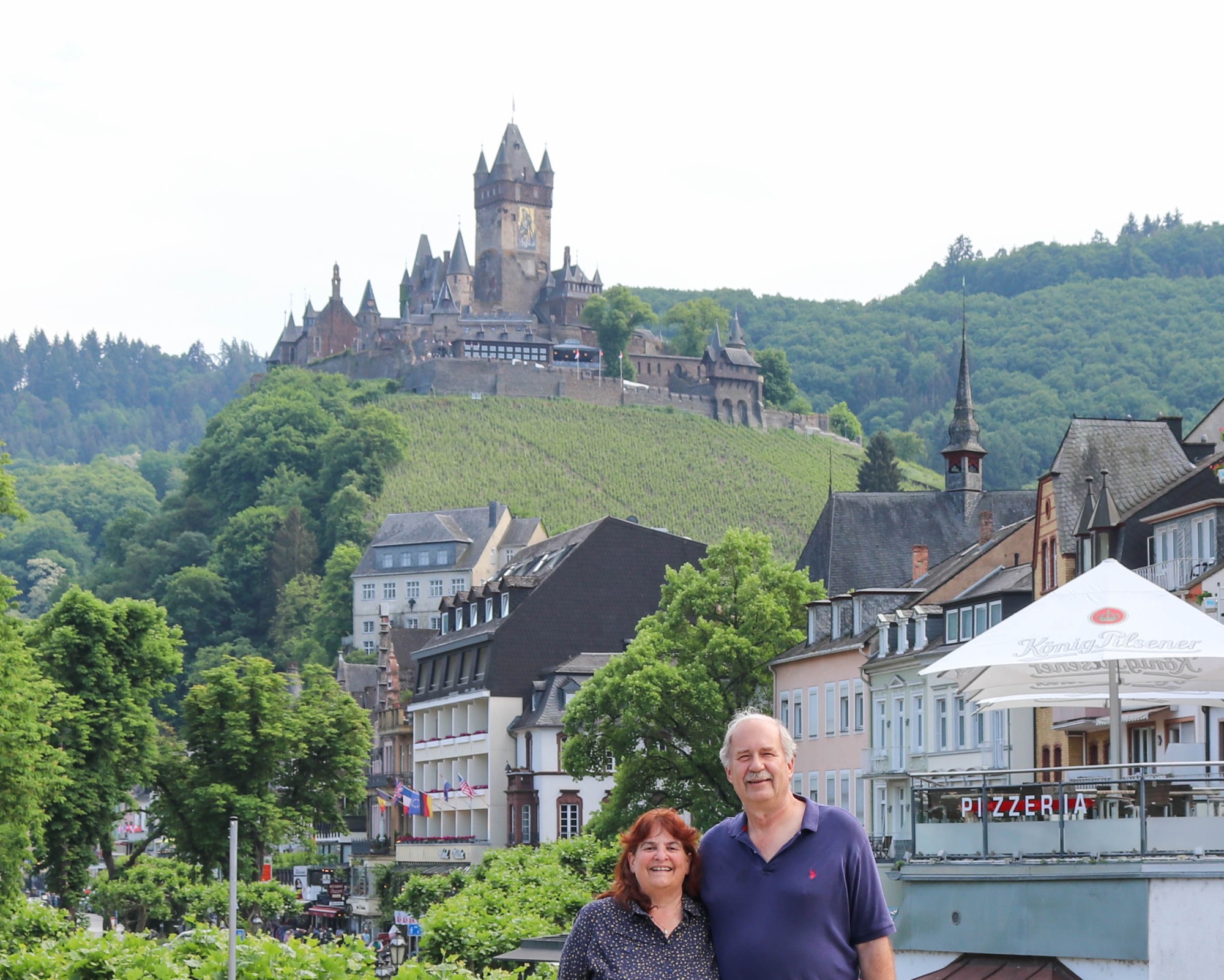
Cochem's Old Town had many beautiful half-timbered buildings, a stately pink town hall, built in 1739, with a domed stone bell tower next to it, and a stone mosaic wall showing the family tree of the city's nobles.
Also adding a unique flavor to the town were some interesting gates. We saw Enderttor, the largest of Chochem's three Medieval city gates. This gate, which was built in 1332 at the city's north entrance, has an attached guard house and also served as the city prison at one time.
We also saw the Fuchsloch, or "foxhole," which is the city's smallest gate and Zom Stueffje, which is the city's oldest house. Zom Stueffje has been used as a distillery and a restaurant for the past 375 years

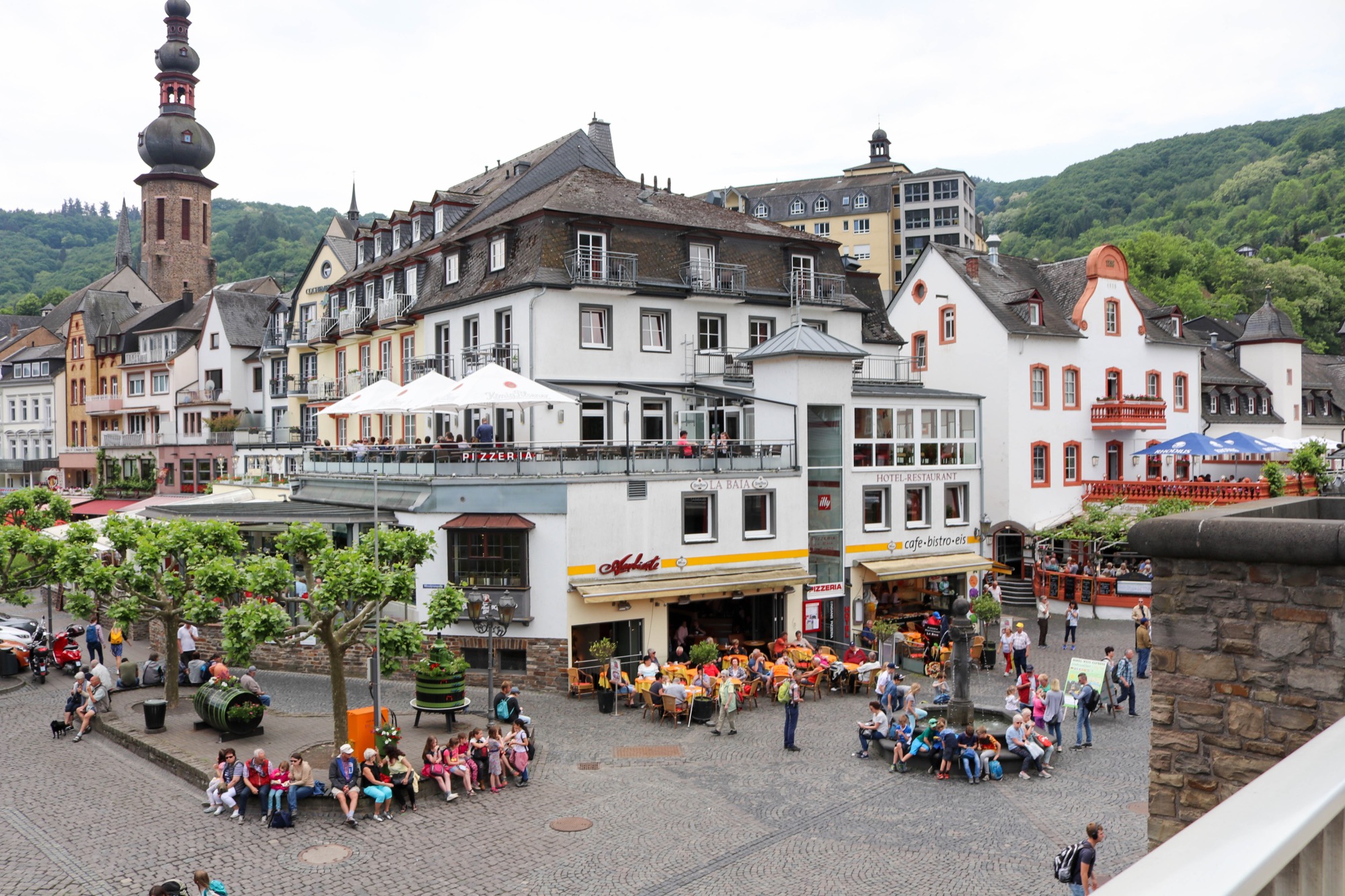

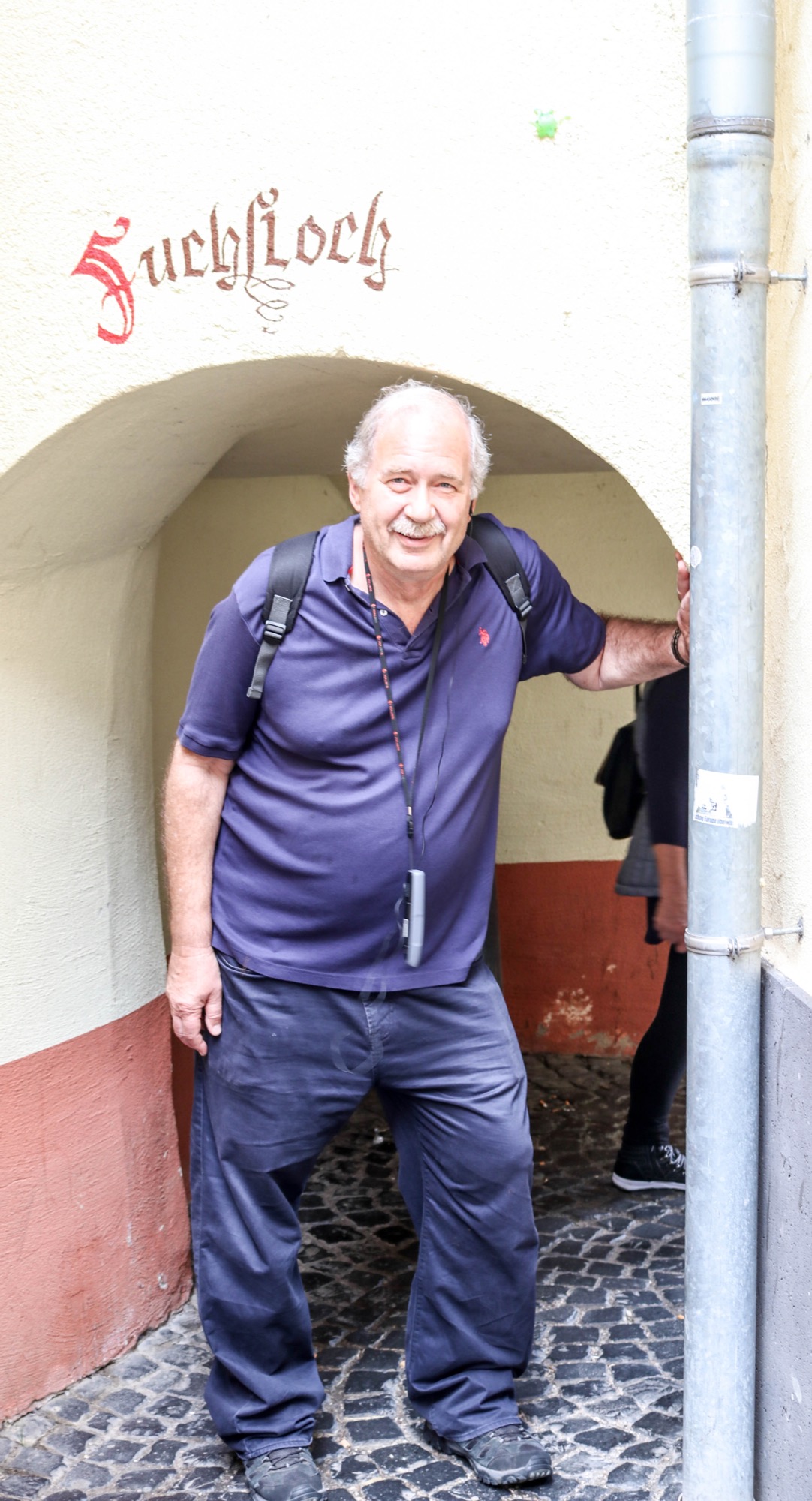
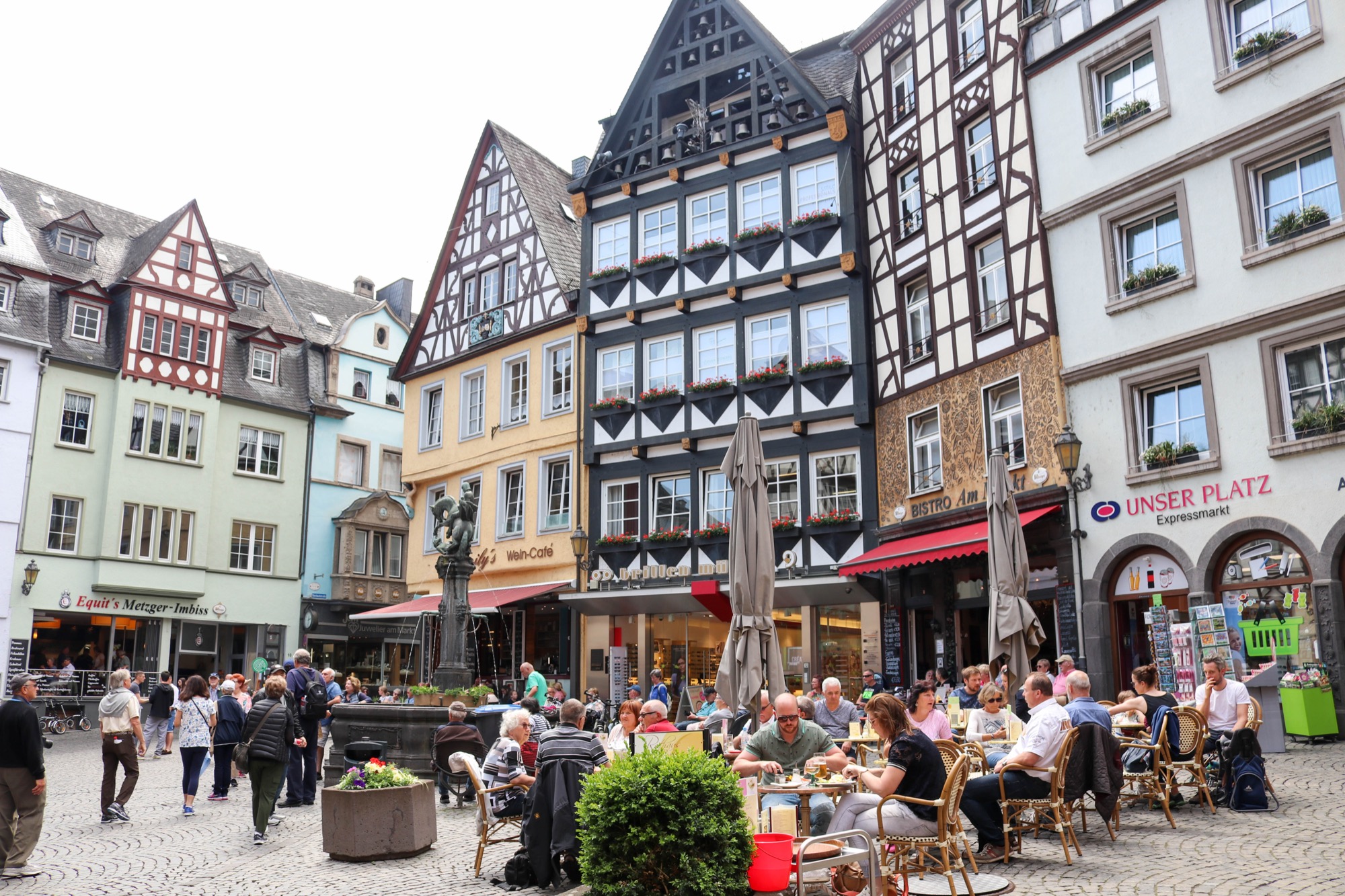


Reichsburg Castle, originally built around 1100, was a useful tool to aid in the collection of tolls for shipping rights along the Moselle River. In 1688, the French conquered the region and destroyed much of the castle.
In 1868 a wealthy businessman bought the castle and rebuilt it, in a neo-gothic style, for use as a summer residence for his family. The castle is currently owned by the town of Cochem and is a popular tourist attraction.

